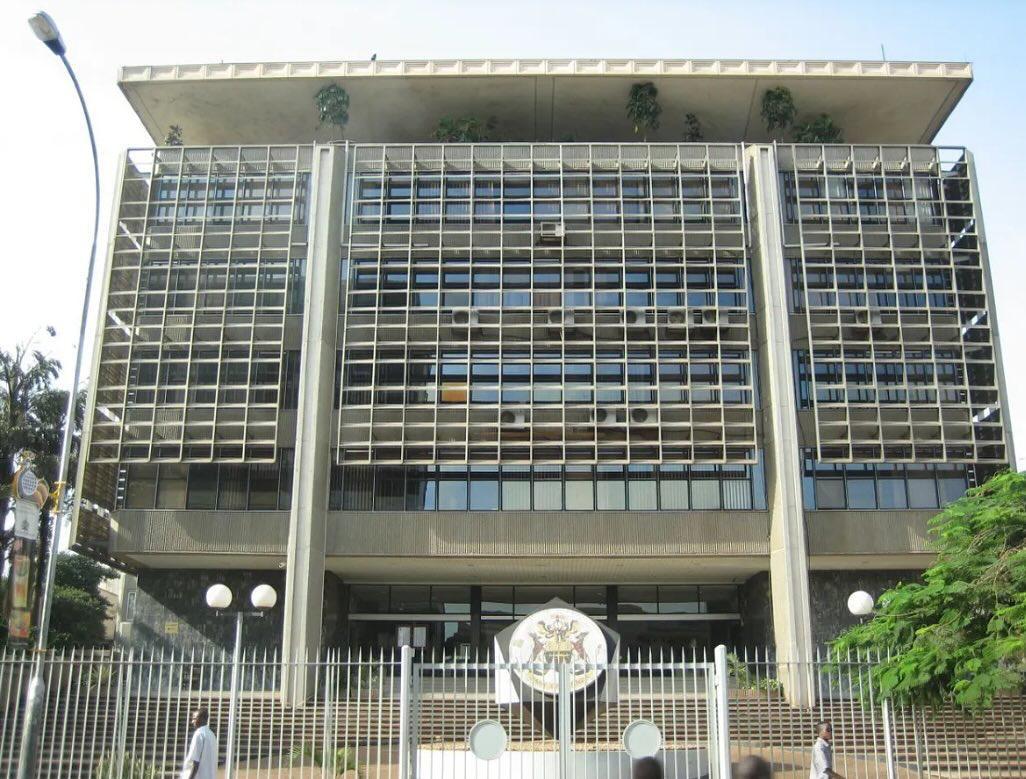By David Mwanje
Uganda’s payment systems are getting faster and smarter. According to the Bank of Uganda’s (BoU) latest Integrated Annual Report, electronic money transactions grew by 28.6% to UGX 326 trillion in the financial year 2024/25.
The main reason is the new third Automated Clearing House (ACH) session that started in February 2025, helping banks process payments faster. “We have reduced the time it takes to complete electronic fund transfers (EFTs), especially for government payments,” said BoU Governor Michael Atingi-Ego. The new system closes at 3:30 p.m., making it possible for people and companies to receive money the same day.
The central bank is not stopping there. It is preparing for the Real-Time Gross Settlement (RTGS) Replacement and ISO 20022 Migration, set to go live in November 2025. This upgrade will make Uganda’s payment systems faster, more secure, and compatible with other countries in the region. “We’re aligning with global standards faster, safer, smarter,” Atingi-Ego said at the Fintech Africa Summit in September 2025. The National Payment Switch, also in progress, will connect banks, mobile money operators, and fintech companies to make sending and receiving money easier.
The value of transactions handled by Payment System Operators (PSOs) rose 49.3% to UGX 57.5 trillion. Agent banking also jumped 76.1% to UGX 29.4 trillion, with the number of agents rising 49.1% to 22,793. Small businesses are benefiting the most. The BoU also partnered with the Uganda Bankers Association to fight fraud through its Anti-Fraud Consortium. The new AI-powered Payments Control System (PCS) detects suspicious transactions instantly, reducing cyber fraud by 15%.
The central bank is also improving financial inclusion and digital literacy. It trained 133 new financial literacy trainers (60% of them women), bringing the total number of certified trainers to 2,489. “We are helping women and rural communities gain digital financial skills,” said Atingi-Ego.
The report showed that Uganda’s e-payments index stands at 37%, and financial inclusion has reached 70%. Through the Agricultural Credit Facility (ACF) and Small Business Recovery Fund (SBRF), BoU provided UGX 10.5 billion to 2,500 farmers and small businesses, 20% of which were led by women.
However, some challenges persist. Debit card use dropped 5.1% to 3.6 million, and internet banking users fell 6.6% to 0.9 million, mainly due to cyber-security fears. “Restoring trust is key our AI systems are the first line of defense,” said Dr. Tumubweinee Twinemanzi, BoU’s Executive Director for the National Payment Systems (NPS).
Regionally, Uganda’s East African Payment System (EAPS) saw inflows of UGX 1.3 trillion, a 17% increase, with transactions in Kenyan and Tanzanian currencies making up 99% of activity. MTN Uganda, which handles 40% of the country’s e-money transactions, reported a 28.6% rise in value to UGX 319.6 trillion. “Interoperability is the future BoU’s Switch will unlock huge opportunities,” said MTN CEO Sylvia Mulinge.
In the coming year, BoU plans to study the possibility of a Central Bank Digital Currency (CBDC) and update its sandbox program for fintech innovation, including cashless school wallets. With UNISS payment volumes up 21.8% to 2.5 million, Uganda’s digital economy is speeding ahead. As Atingi-Ego concluded, “Efficiency isn’t a luxury—it’s the fuel that drives our economy.”






















